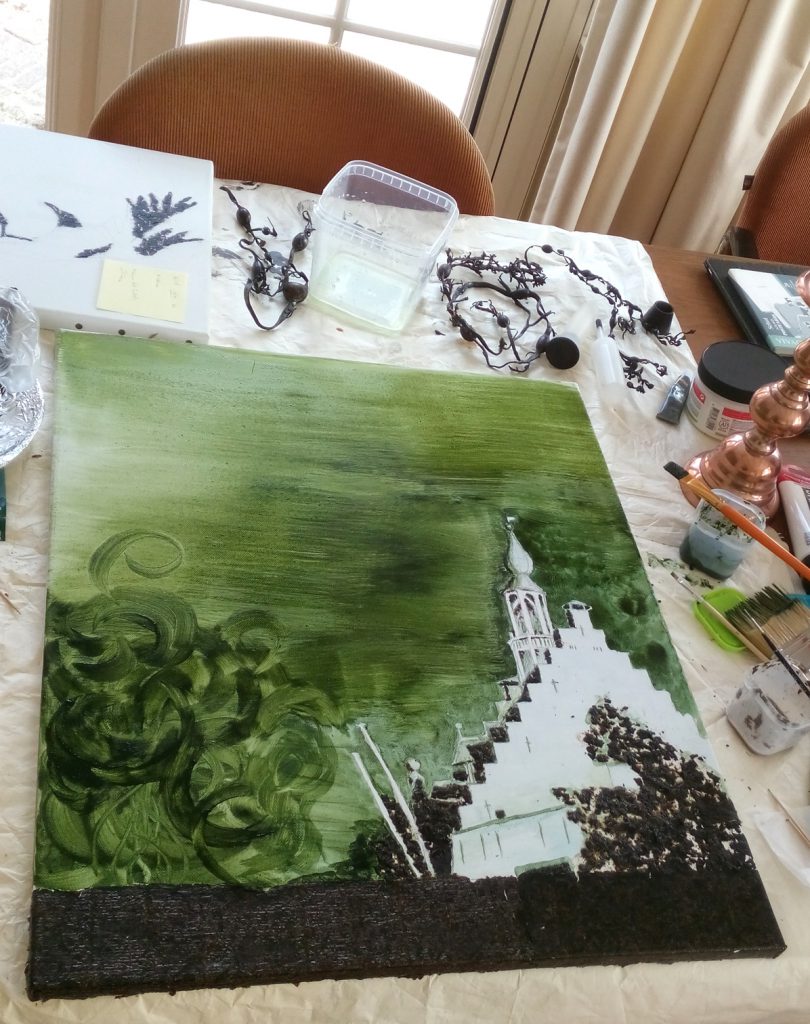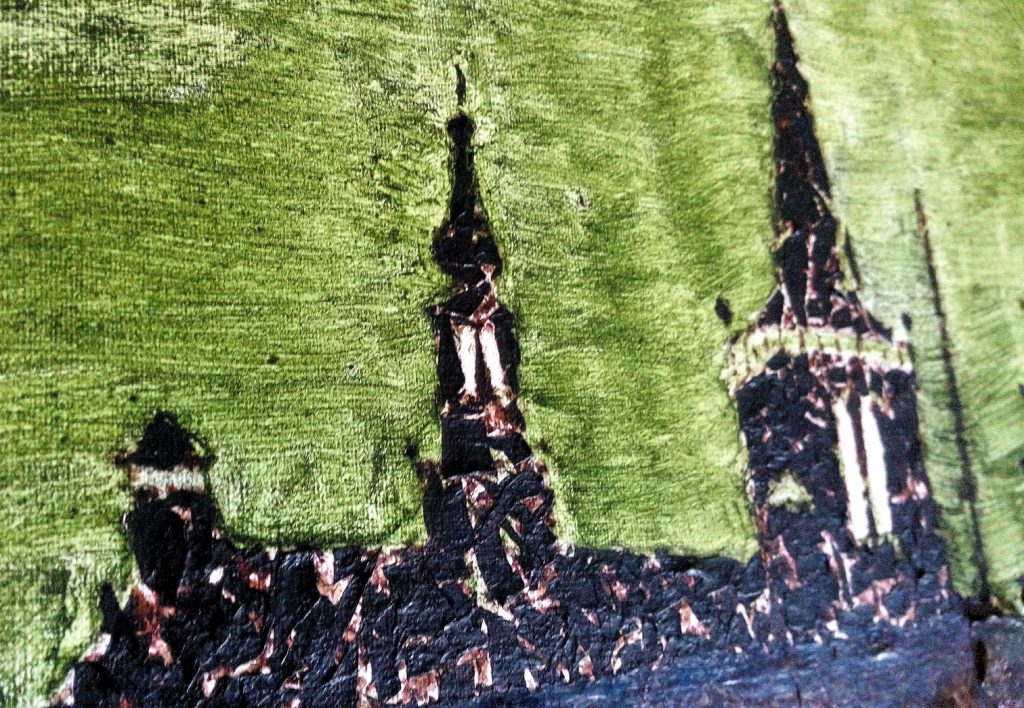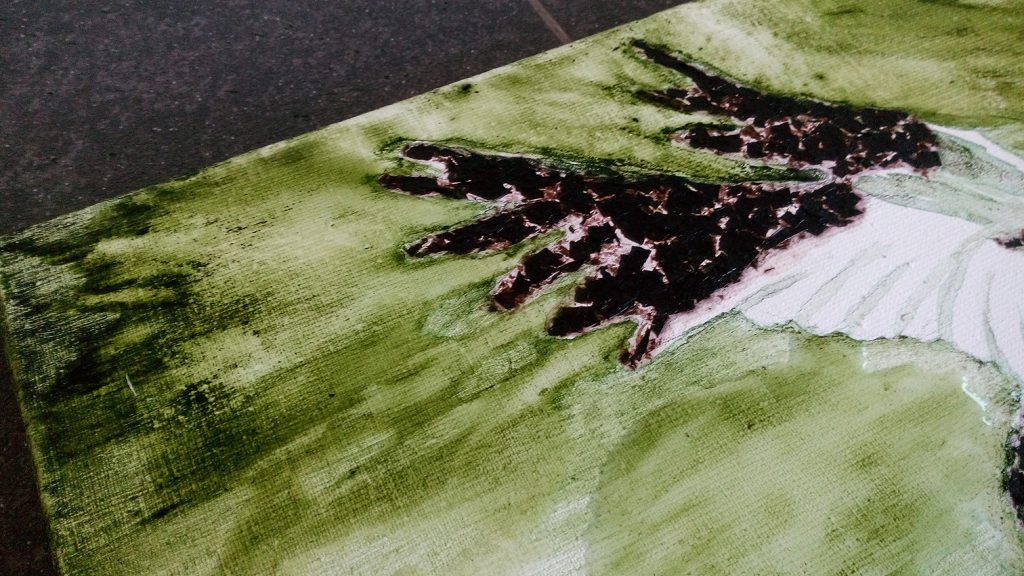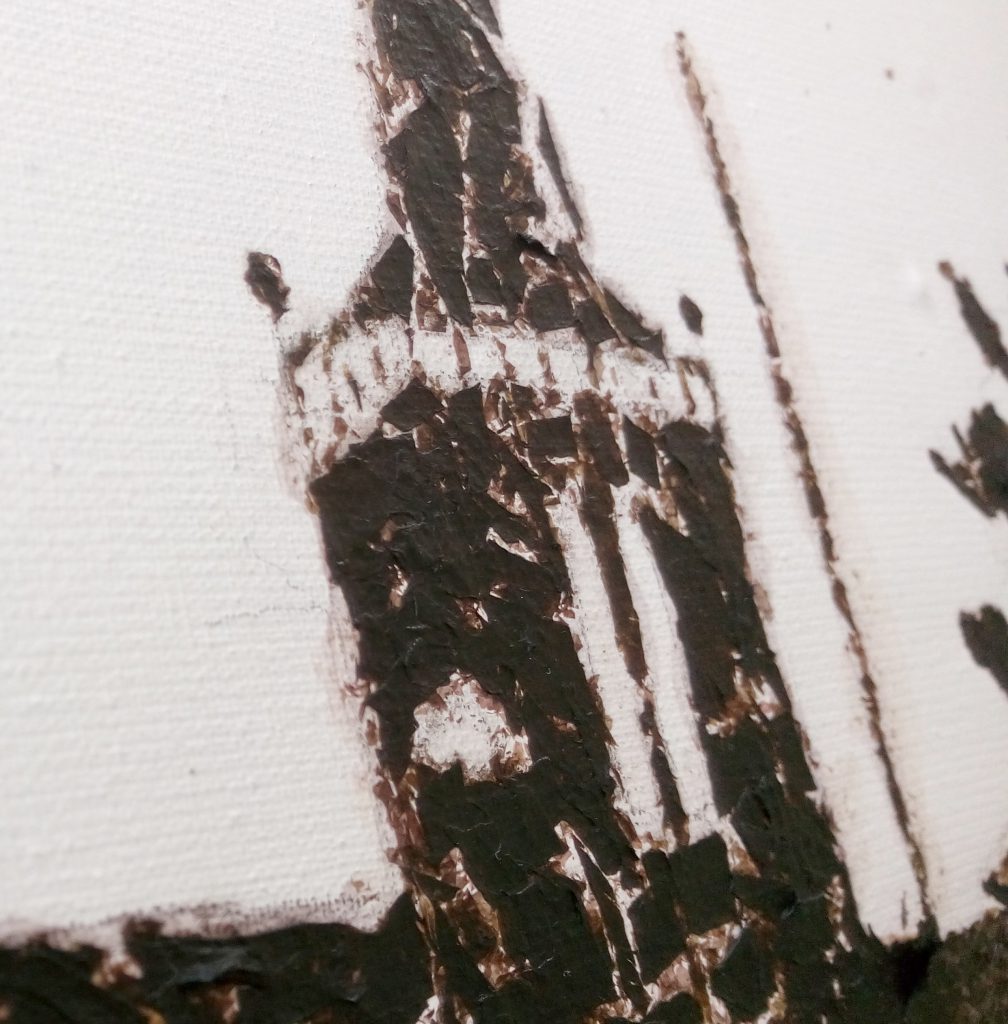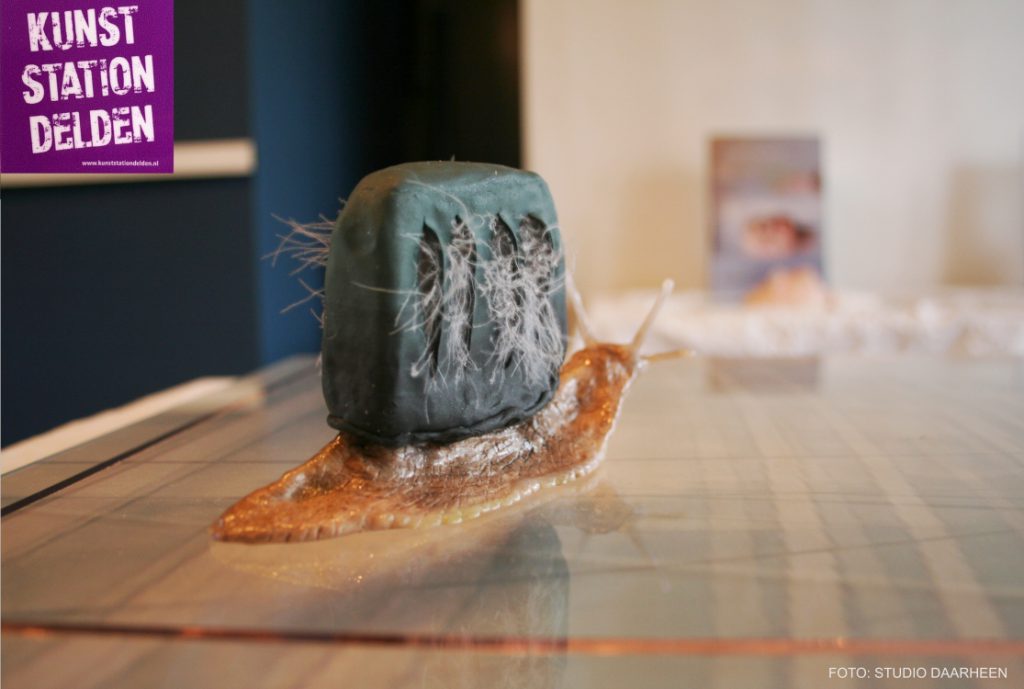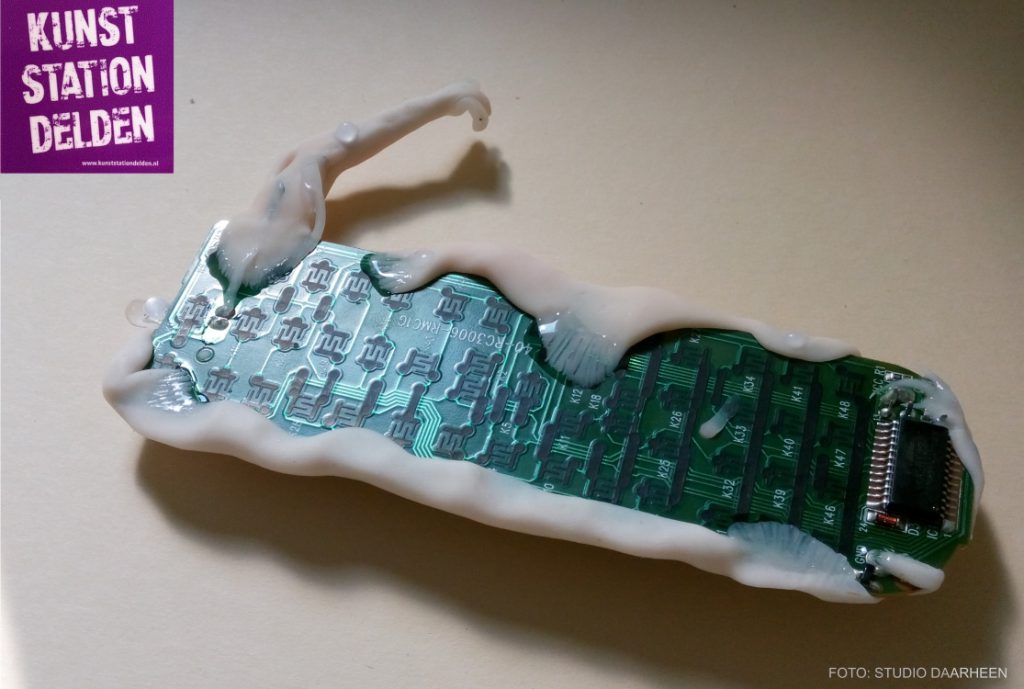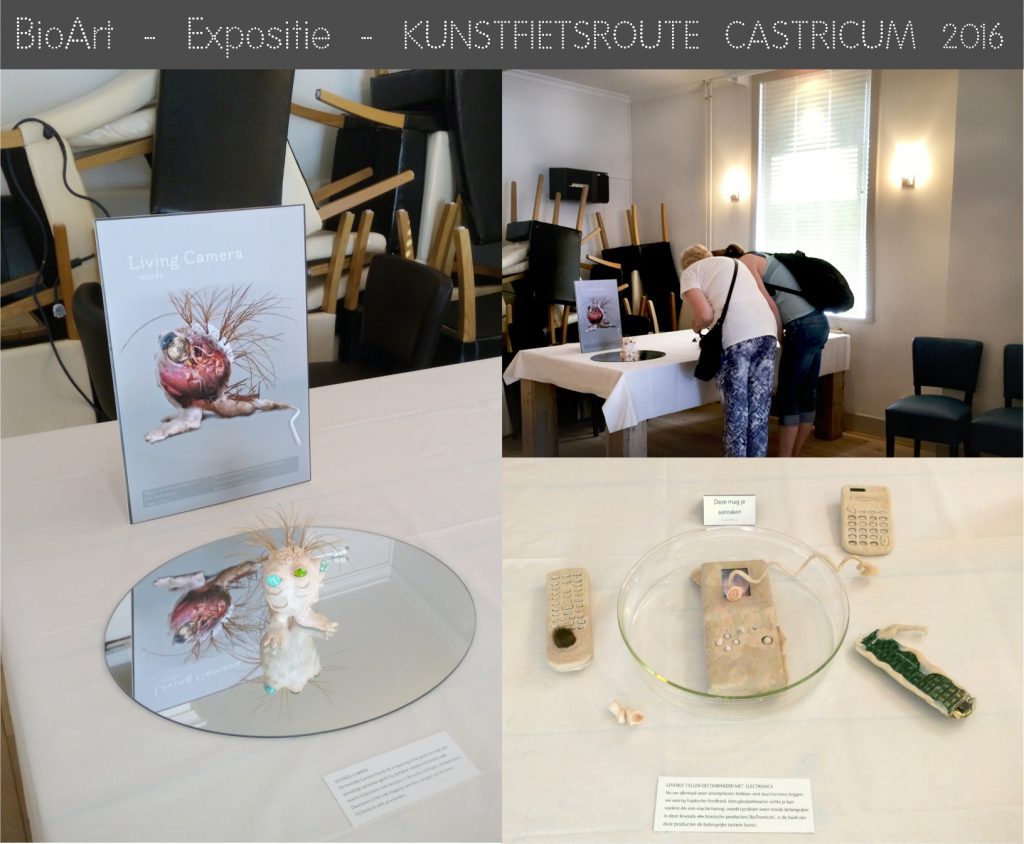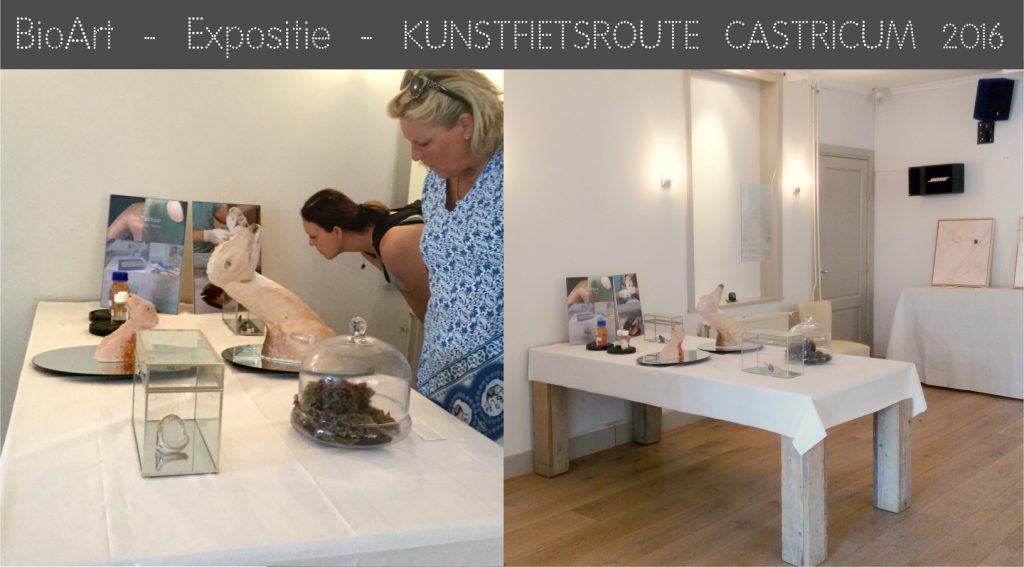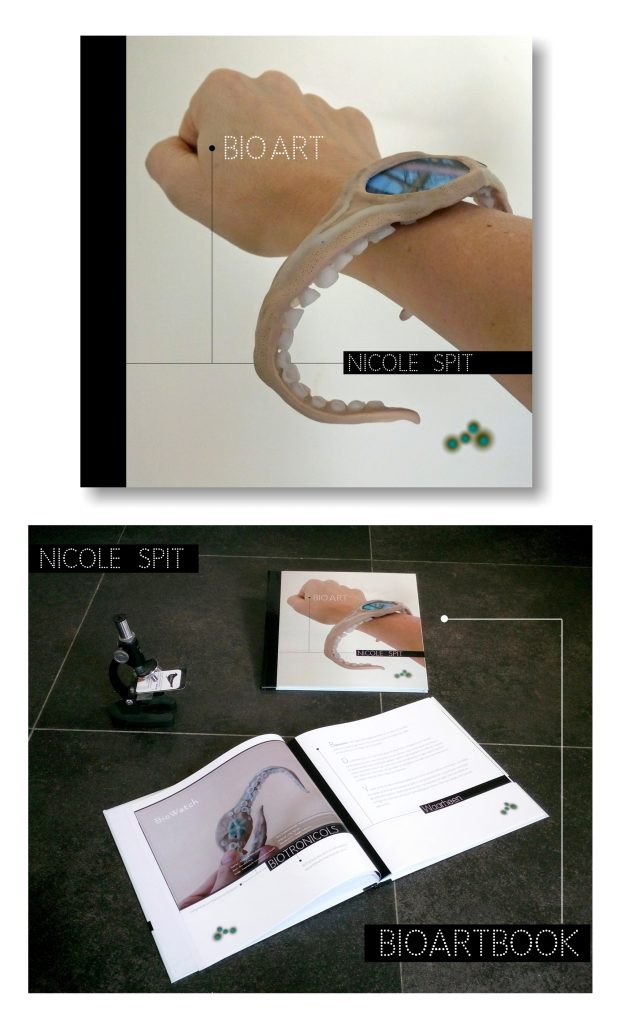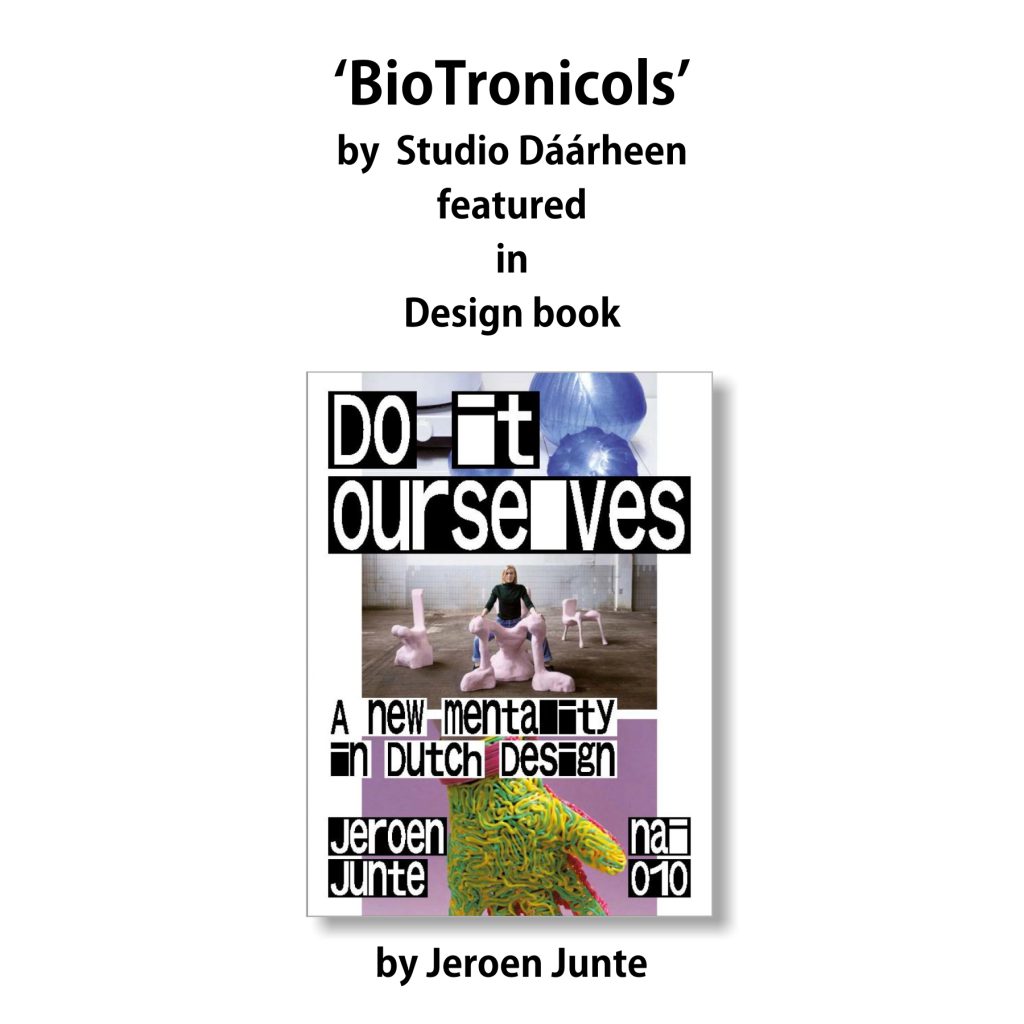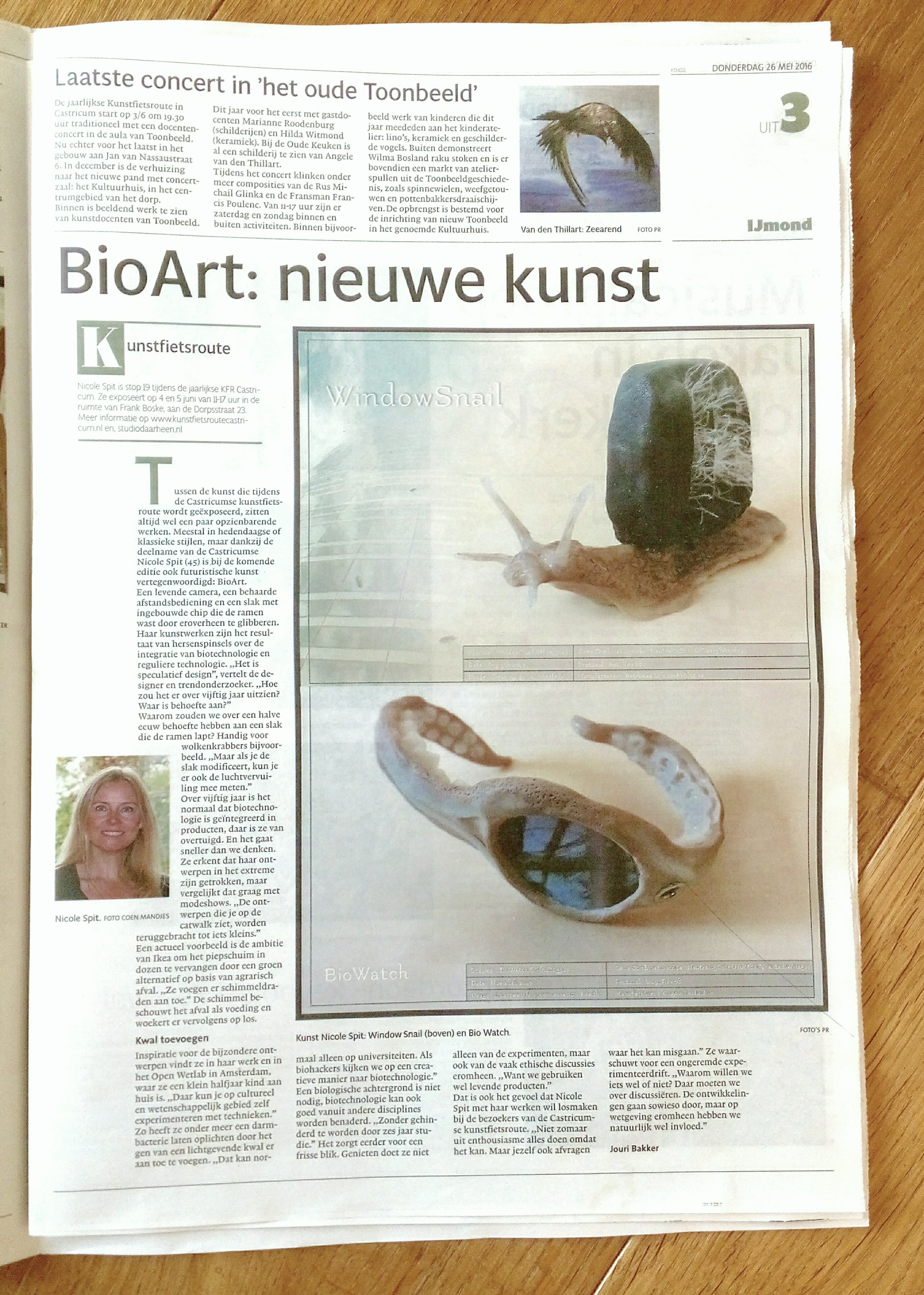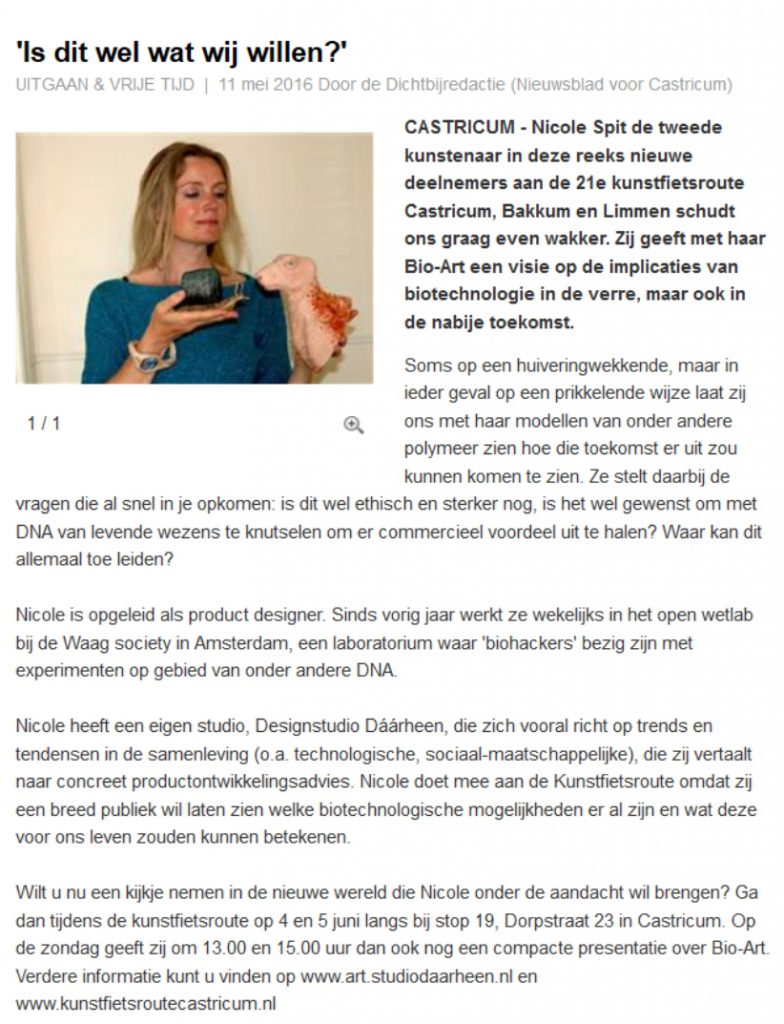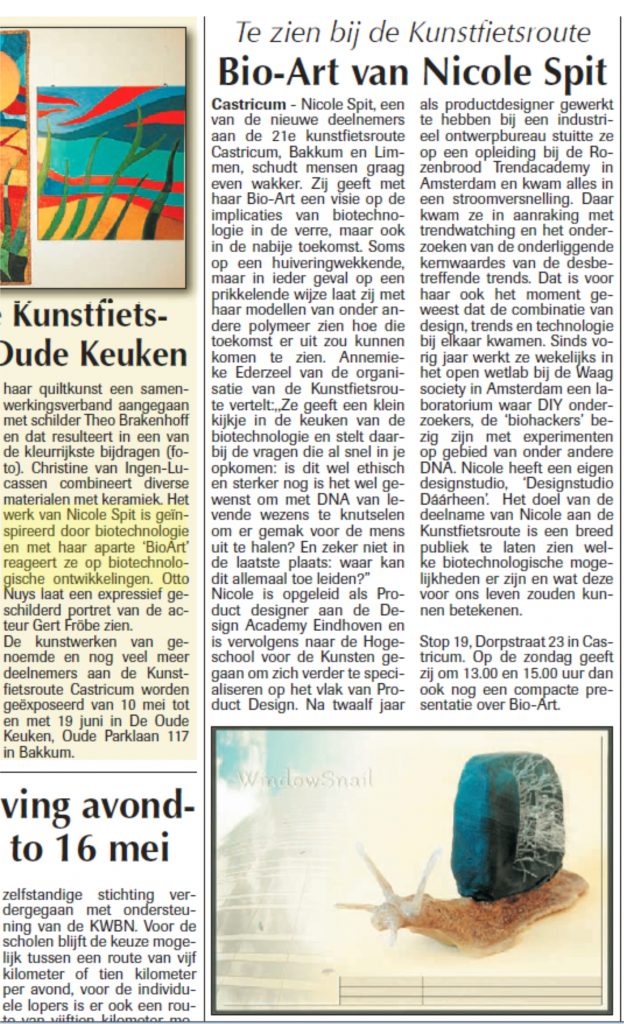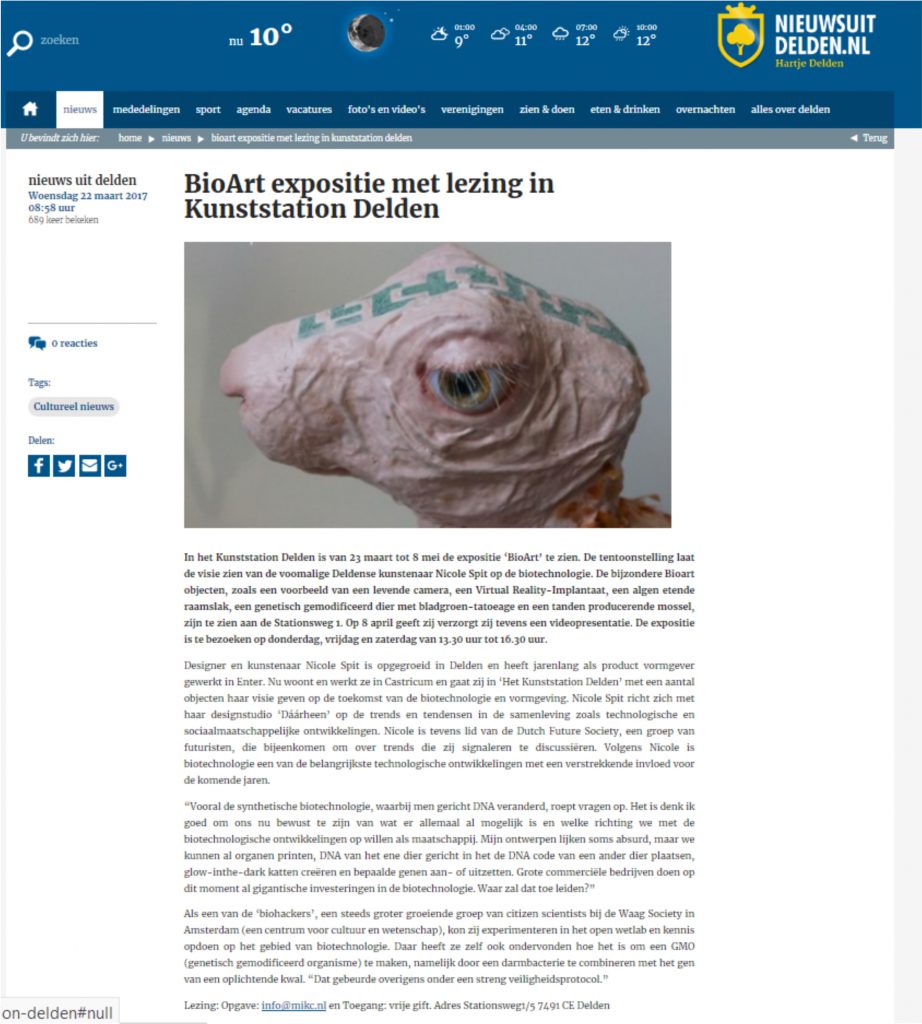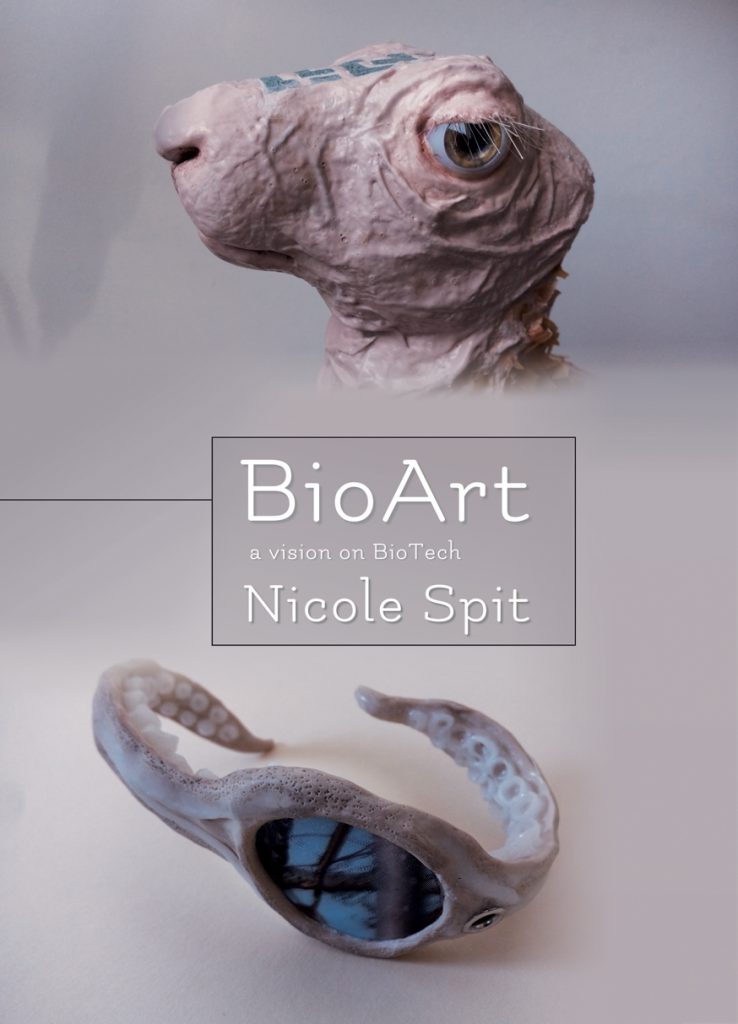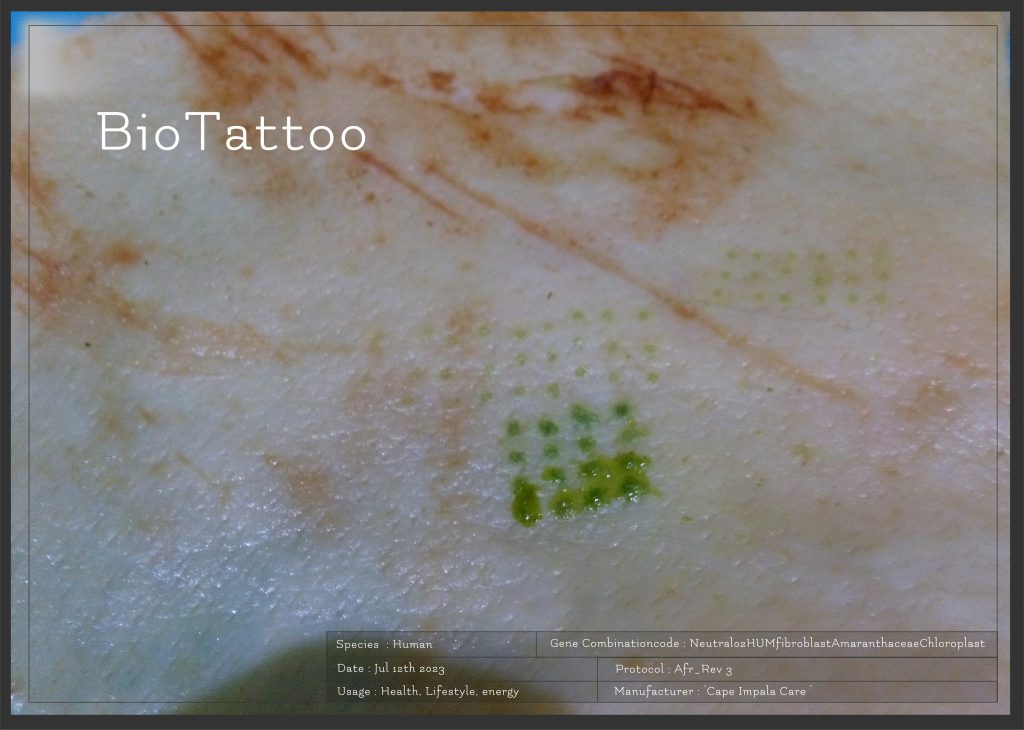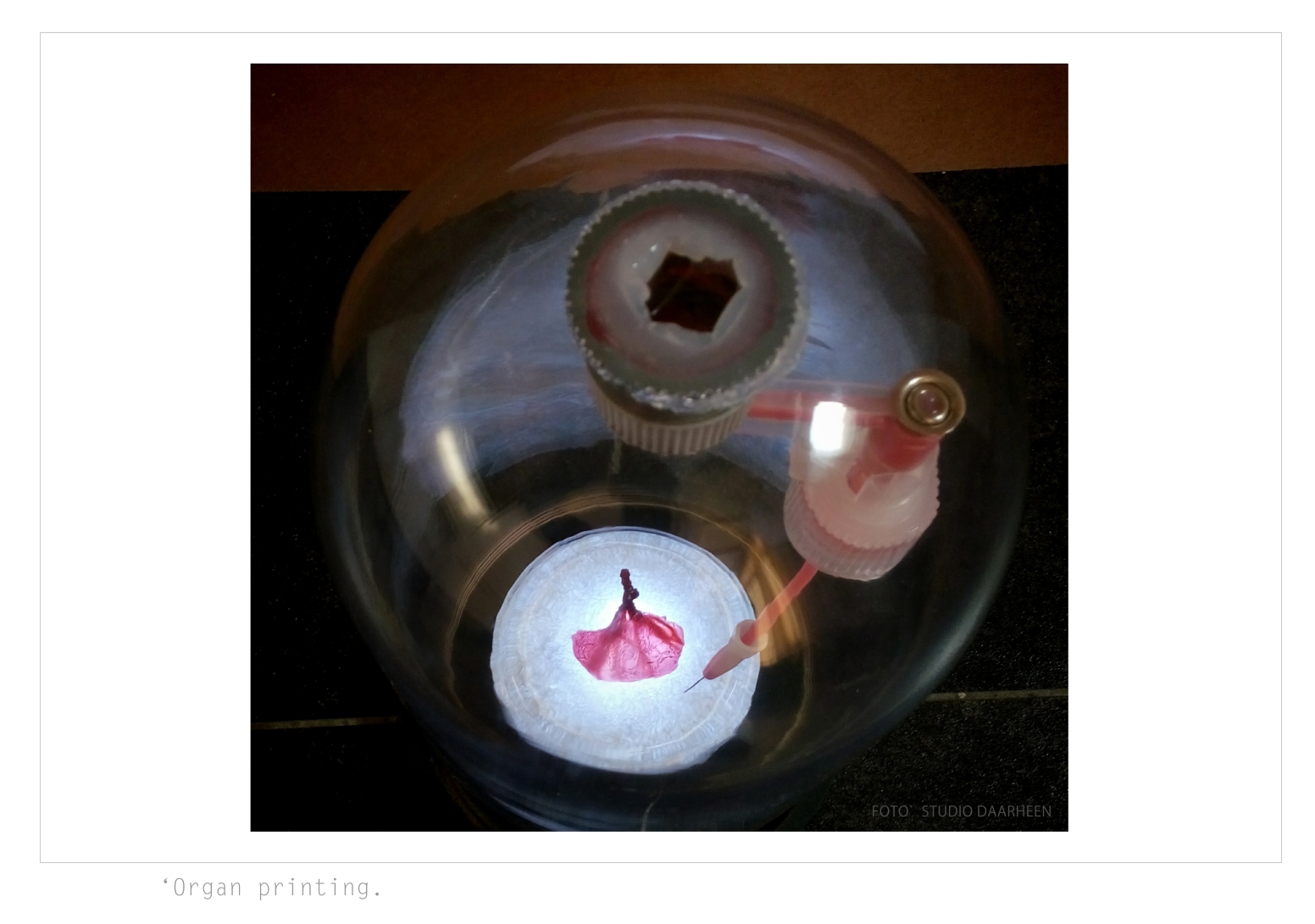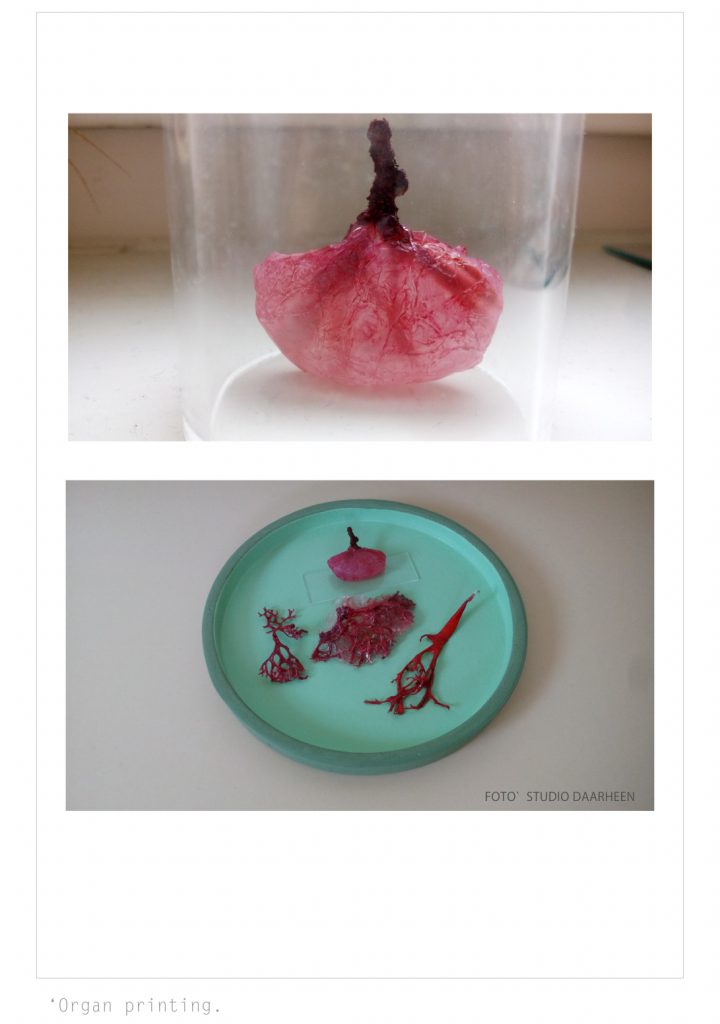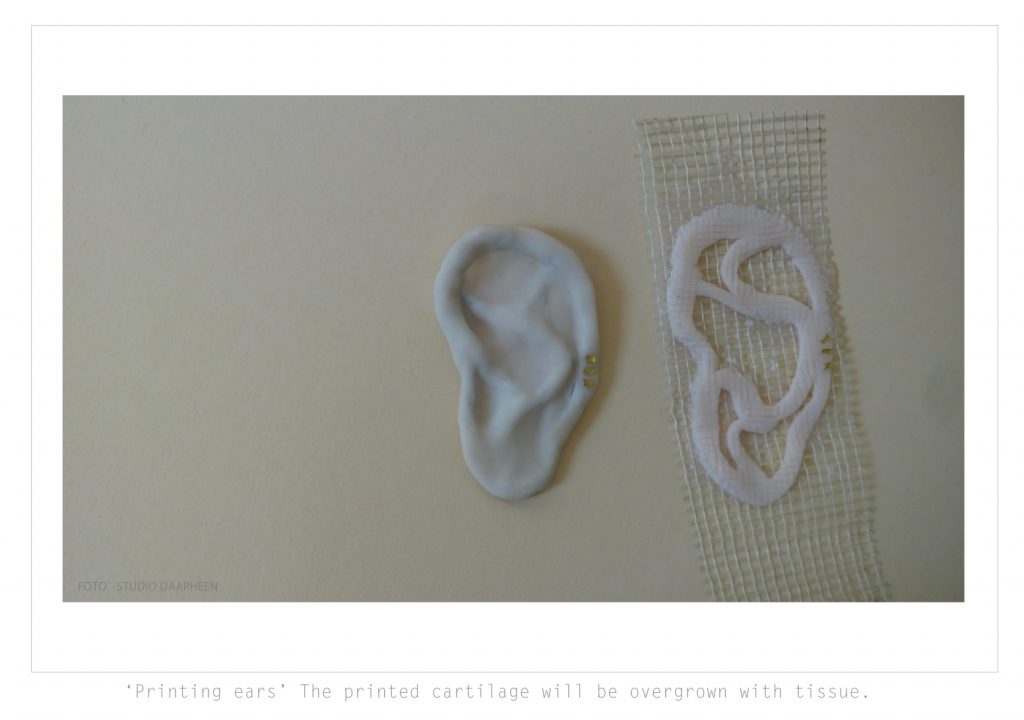Paintings made of Algae.
The media on these paintings are made of algae. I have used roasted red seaweed (Nori), bladderwrack and Phytoplanktonic algae from a pond and saltwater Spirulina algae. I have harvested the bladderwrack from the beach of Castricum and the green floating algae from my own pond in Castricum. The paintings show the towers of the old town hall en the village church of Castricum.
Castricum is a small town nearby the sea and it lies, just like half of the Netherlands below sealevel, but is protected by the higher dunes and dikes. When the sealevel rises caused by climatechange, we have to take action. When a big flood would occur, the center of Castricum would be filled with seawater up to two meters high in and around the buildings. On the other hand the sea provides opportunities for the local economy. Of course tourism, because the sea and the beach itself remains a wonderfull place, but also by harvesting seaweed from seaweed farms in the sea. I think seaweed will be an important product in the future. It has possibilities for interesting food and industrial applications.
The artworks made of algae can be seen at the ‘Kunstfietsroute Castricum 2017‘ at cultureel centrum Geesterhage in Castricum.


